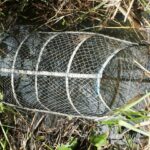Sometimes anglers in pursuit of the shell cracker fish confuse it with the bluegill and black crappie. Whether you’re an amateur or veteran angler, there are some facts you need to know about this fish before grabbing your fishing gear and heading to a fishing spot.
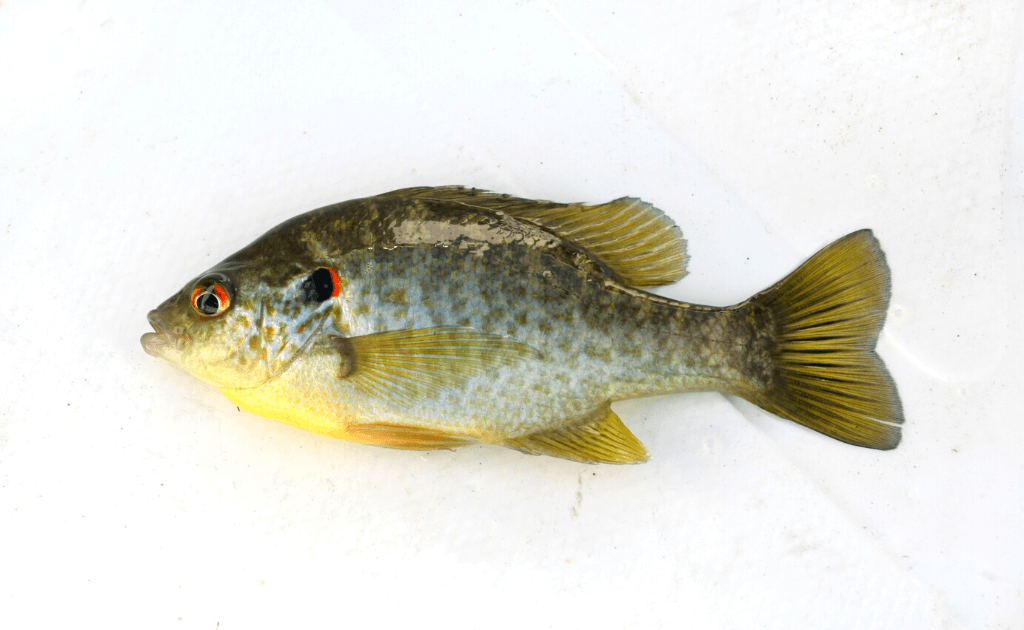
This article explores the shell cracker fishing facts to help you quickly identify and know more about this fish.
What’s the Shell Cracker Fish?
The shellcracker is a freshwater fish native to the Southeastern US. The fish is commonly known as Redear Sunfish (Lepomis microlophus).
Anglers use nicknames such as shell cracker, cherry gill, sun perch, improved bream, Georgia bream, chinquapin, and rouge ear sunfish, depending on the region. The shell cracker fish is part of the sunfish family.
The name “shell cracker” is a nickname describing the fish’s ability to crush shells when looking for food. The fish has a set of specialized teeth in the back of its mouth called thefish/pharynteeth.htm” target=”_blank” rel=”noreferrer noopener”>pharyngeal teeth. These teeth are hard and look like grinders that crunch the shells of snails and mussels.
The name “redear” comes from the red, bright yellow, or orange ring on the fish’s operculum (black ear flap). The males have brightly colored black ear flaps with a cherry-red spot. Females and young shell cracker have a pale orange spot.
What Do Shell Cracker Fish Look Like?
The shell cracker resembles the bluegill sunfish except for its larger size and coloration. It’s not as colorful as the bluegill. The back of the shell cracker has shiny olive-green hues, and the sides are silvery-green with brown or green spots.
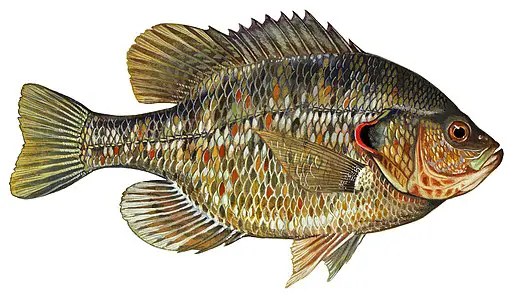
It has a semi-rounded body, similar to the panfish, with pointed pectoral fins and a deep profile. The mouth is small, allowing it to crunch smaller shells and eat tiny prey.
What’s the Adult Size of a Shell Cracker Fish?
Unlike other sunfish species, shellcrackers can grow faster and more extensively. The adult shell cracker can grow between 7.9 and 9.4 inches (20 and 24 cm) in length. Other larger specimens are known to reach a maximum length of up to 17 inches (43.2 cm).
The shell cracker fish can reach an average weight of 0.99 pounds (0.45 kg), heavier than most sunfish species. However, shell cracker fish kept under favorable conditions in ponds and lakes can grow up to three pounds.
If you’re looking for the largest shell cracker, South Carolina, Florida, Georgia, Tennessee, Virginia, Alabama, Kentucky, and Arizona have the best fishing spots.
Where Is Shell Cracker Fish Commonly Found?
Shellcracker fish are native to the Southeastern US, including North Carolina, Georgia, Florida, Texas, Illinois, Tennessee, Mississippi, Alabama, Arkansas, Louisiana, Indiana, and Kentucky. However, its popularity as afishing-101-a-beginners-guide/” target=”_blank” rel=”noreferrer noopener”>sport fish across the United States makes it possible to find the shell cracker spread in many northern and western states.
The fish has been introduced in Arizona, California, Pennsylvania, Nevada, New Mexico, Wyoming, portions of Virginia, and Ohio.
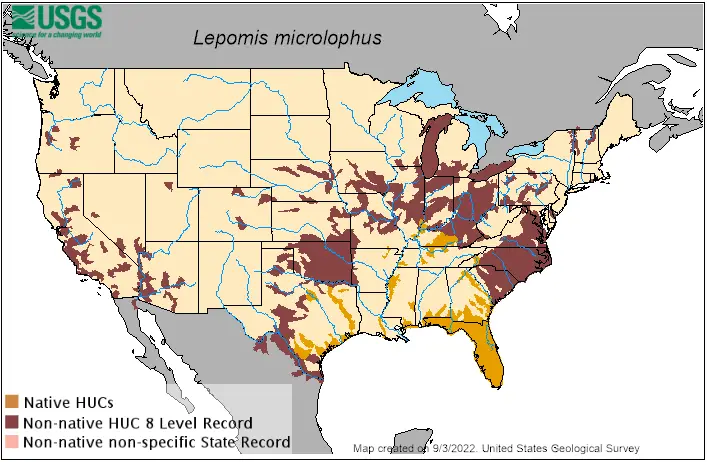
Shell cracker fish do well in warm, still ponds, lakes, reservoirs, streams, and freshwater marsh wetlands. They prefer to stay in groups near logs, stumps, roots, and vegetation like water lilies, elodea, and coontail. These features provide ideal hiding spots in the wild. No wonder the shell cracker is the most challenging fish to find.
Unlike many sunfish, the shell cracker prefers to stay in deep water at depths ranging between 25 and 35 feet. These depths allow the fish to hunt some of its favorite bottom-dwelling creatures.
What Do Shellcracker Fish Eat?
Shell crackers’ favorite food is hard-shelled creatures such as snails, mussels, mud snails, and seed shrimps. The fish swims along lake beds, looking for and cracking open the hard shells to obtain these creatures. Its pharyngeal teeth allow it to crunch exoskeletons that harbor snails and mussels easily.
Besides the shelled creatures, the fish can feed on insect larvae, aquatic worms, algae, mayflies, Odonata nymphs, fish eggs, small fish, and crayfish. The fish can thrive well among other species that prefer spending time near the surface and feeding on surface-dwelling prey.
When Do Shellcracker Fish Spawn?
Shellcrackers wait until the water temperature is between 65 and 70 degrees to begin spawning. This time often occurs in the late spring to early summer when the temperatures are warm enough. During spawning, males congregate in the spawning habitats to create nests, known as beds.
These nests can be about 6 inches to 10 feet deep. They build nests in groups of a few dozen to hundreds of males. It’s common to find shell cracker beds near or intermingled with beds of other sunfish.
After building nests, males fertilize them, and females come over to lay eggs. The spawning activity of Shell crackers increases during the full moon and spawns before the bluegill and many sunfish species.
How Do You Catch the Shell Cracker Fish?
According to most anglers, it’s easier to catch shell cracker than to find them. The shell cracker is a popular sport fish, but you require tactics and experience to catch a couple of them. If you want to enjoy a good catch of the shell cracker fish, wait until the spawning period when the fish congregate in the shallow spawning habitats.
You can target other habitats around vegetation, roots, and logs at the water’s bottom. The shell cracker is a bottom feeder so expect to find it where it can hunt bottom-dwelling creatures. The best way to catch fish near the bottom is by using some sinkers.
Present your bait near the bottom to lure and catch more shell cracker fish. Use a hook ranging from #6 to #8 and a fishing line weighing between 4 and 6 pounds. Set the split shot about 6 inches above your hook to ensure your bait sinks to the bottom.
Shell cracker fish often spread around other sunfish species, making it difficult to target and catch them. However, you can try various habitats such as near rocks, boulders, or sandy bottoms to see if you can catch a few. After fishing the shell cracker for a while, you will identify patterns to help you determine the best spots to catch them.
What Is the Best Shell Cracker Fish Bait?
The shell cracker is a very fussy fish. You have to determine the most suitable bait and how to present it. What works on your local pond, lake or stream may not work in another. If you’re fishing on new grounds, you must rely on trial and error.
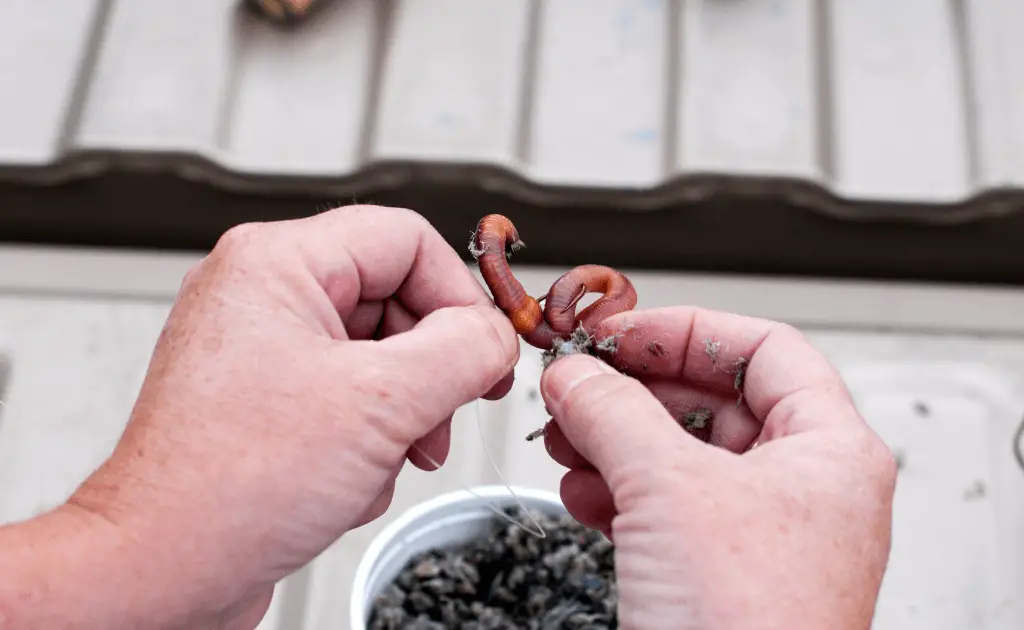
You can experiment with various live bait, artificial lures, and hooks. The most suitable live baits include worms, insects, leeches, nightcrawlers, and crawfish. If you want to try artificial lures, go for beetle spins, hair jigs, tube jigs, micro spoons, or ultralight crankbaits.
Is Shellcracker Fish Good to Eat?
Yes, Shellcracker fish are good to eat. Its filets are thicker than those of a similar-sized bluegill cousin. Its white and flaky meat makes it delicious, whether fried, baked, or pan-seared. You’re likely to find generous bag limits in most states, making the shell cracker popular in most homes.
Final Thoughts
Now you know what to expect the next time you’re out to catch the shell cracker fish. While finding these fish is challenging, you can slowly learn the best ways to spot and catch them. Thankfully, shellcrackers are prevalent in many lakes, ponds, and streams in the Southeastern, Northern, and Western US.
- Do You Need An Indicator For Nymph Fishing? - November 16, 2023
- Fishing Safety Tips For Families - September 25, 2023
- What Is The Best Time To Night Fish At A Lake? - September 18, 2023


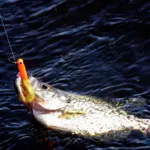
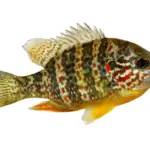

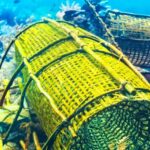
![What Do Bluegill Eat? [A Guide to Help You Catch More] what-do-bluegill-eat](https://irvinelake.net/wp-content/uploads/2022/09/what-do-bluegill-eat-1-150x150.png)
